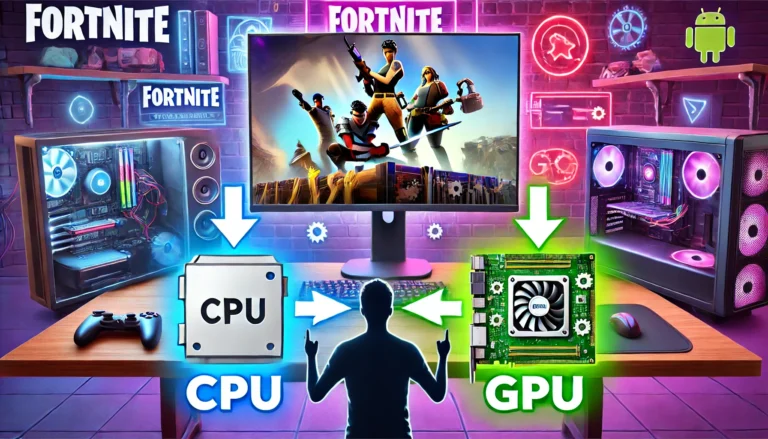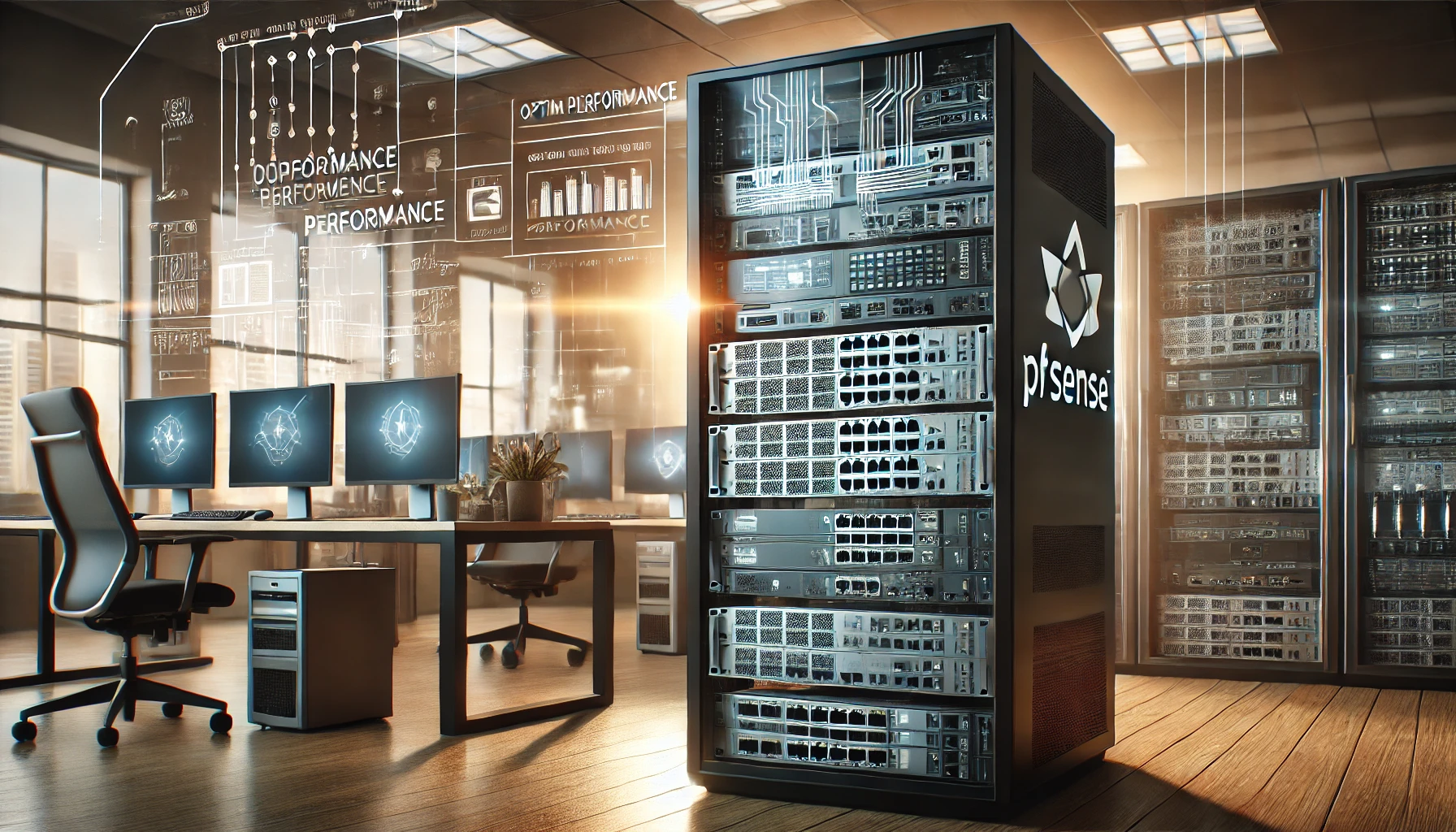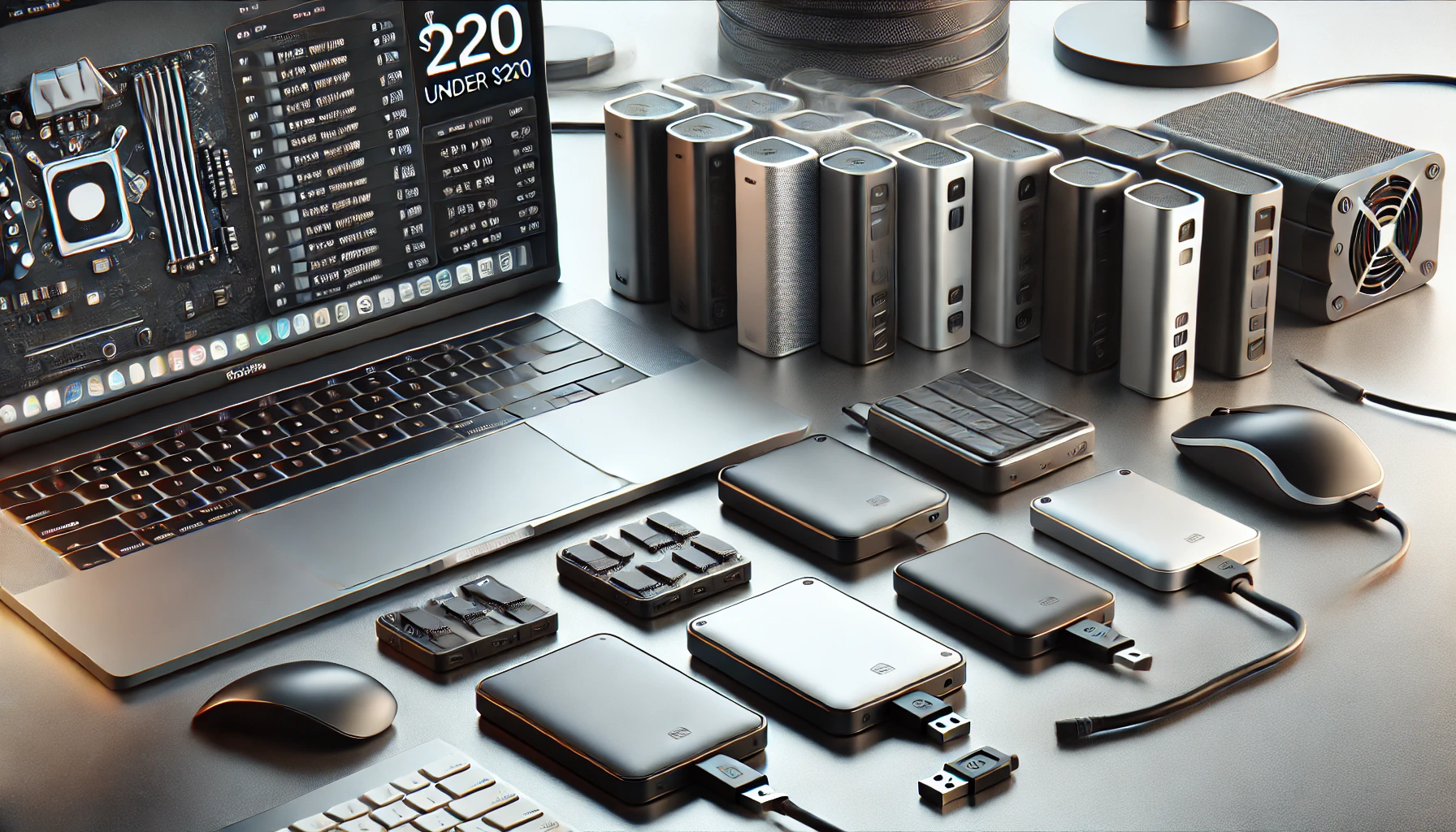When I first dove into Fortnite, I was hooked by its vibrant graphics and fast-paced gameplay. But as I started tweaking my settings for a smoother experience, I found myself wondering: is Fortnite more demanding on my CPU or GPU?
If you’re like me and enjoy optimizing your gaming rig, understanding where Fortnite places its heaviest demands can make a big difference. Whether you’re looking to upgrade your hardware or just curious about how the game ticks, let’s explore what really powers those epic Victory Royales.
Understanding Fortnite’s System Requirements
Optimizing Fortnite’s performance means knowing its hardware needs. Let’s break down what you’ll need for a smooth gaming experience.
CPU Requirements
Fortnite’s minimum CPU requirement is an Intel Core i3-3225 3.3 GHz or an AMD equivalent. For better performance, an Intel Core i5-7300U 3.5 GHz or AMD Ryzen 5 is recommended. The game relies heavily on the CPU for various calculations, so having a strong processor ensures smoother gameplay.
GPU Requirements
The minimum GPU required is an Intel HD 4000 or AMD Radeon Vega 8. To enhance visuals, a NVIDIA GeForce GTX 960, an AMD Radeon R9 280, or any DX11 GPU with 2048 MB of dedicated video RAM is recommended. Although Fortnite isn’t as GPU-intensive as some games, a good graphics card will significantly boost your gaming experience.
Memory Requirements
Fortnite can run with a minimum of 4 GB RAM, but aiming for 8 GB RAM is recommended for optimal performance. More memory helps the game run more fluidly, especially during intense battles.
Storage Requirements
You’ll need at least 16 GB of free storage space to install Fortnite. Ensuring you maintain enough free space can prevent lag and help load times.
Understanding these requirements helps balance your system’s performance, enhancing your Fortnite experience.
CPU vs GPU: Which One Does Fortnite Depend On More?
How does Fortnite’s hardware requirement balance between CPU and GPU? Let’s break it down.
CPU Usage in Fortnite
Fortnite is incredibly CPU dependent, especially in performance mode. High CPU usage while playing Fortnite, even with high-performance GPUs, isn’t uncommon. Players frequently experience 100% CPU usage, making a strong CPU crucial for smooth gameplay. Upgrading just the GPU might not significantly improve performance if the CPU is a bottleneck.
GPU Usage in Fortnite
A good GPU remains necessary, but it’s not the primary limiting factor in Fortnite. Even a GTX 1050Ti can push 144+ frames in most scenarios. However, GPU usage often hovers around 20-30%, even in performance mode. NVIDIA GPUs get recommended, thanks to features like input delay stats, though they share a smaller load in optimizing overall performance.
By examining Fortnite’s CPU and GPU usage, it’s clear that while both components are important, the game leans more heavily on a strong CPU for optimal performance.
Optimizing Fortnite Settings Based On Your Hardware
Getting the best performance in Fortnite depends on balancing your CPU and GPU capabilities. Below are some tips for optimizing settings based on where the bottleneck is.
If Your CPU is the Bottleneck
Lowering the graphics settings can significantly reduce CPU usage. Turn off unnecessary features like physics and audio enhancements to free up CPU resources. Stick to essential settings to minimize strain on the CPU.
If Your GPU is the Bottleneck
In cases where the GPU is the limiting factor, lower the resolution and turn off high-quality shadows and advanced graphic effects. Set textures, anti-aliasing, and post-processing to medium or low. These changes can help maintain smoother gameplay without overloading the GPU.
Finding the Optimal Balance
Achieving optimal performance involves tweaking both CPU and GPU settings. Start by adjusting settings that affect both, like resolution and overall visual quality. Keep an eye on frame rates and make incremental changes to find a comfortable balance between visual quality and performance.
Upgrading for Better Performance
When aiming for the best Fortnite experience, you’ll find that a GPU upgrade often takes precedence over a CPU upgrade. Yet, assessing both components can make a big difference in gameplay.
When to Upgrade Your CPU
Upgrade your CPU if you’re encountering lag or frame drops, particularly in busy areas with many players and objects. If you’re running an older model, consider a mid-range CPU like an Intel i5 or AMD Ryzen 5, both with at least four cores. This upgrade boosts performance in crowded zones, ensuring smoother gameplay overall.
When to Upgrade Your GPU
For top-tier visuals and performance in Fortnite, prioritize upgrading your GPU. Aim for a mid-range to high-end GPU, such as an NVIDIA GTX 1060 or AMD RX 580. These models handle high to ultra graphics settings at 60+ FPS in Full HD (1920×1080) resolution, significantly enhancing your visual experience.
Conclusion
After diving into Fortnite’s system requirements and performance needs it’s clear that a strong CPU is crucial for smooth gameplay especially in crowded areas. Upgrading your processor can make a significant difference if you’re experiencing lag or frame drops. However a decent GPU is still important for those who want top-tier visuals. If you’re looking to enhance your Fortnite experience consider investing in a mid-range CPU like the Intel i5 or AMD Ryzen 5 and pairing it with a solid GPU like the NVIDIA GTX 1060 or AMD RX 580. Happy gaming!





